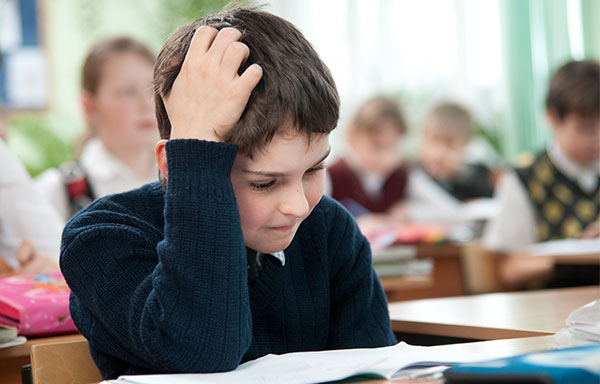Don’t Exclude Me: Behaviour is Communication

BBC 2’s recent ‘Don’t Exclude Me’ series provided a thought-provoking insight into the behaviour difficulties children, their teachers and school staff experience daily in primary schools. With 30,000 primary school-aged children being excluded in the year 2018-9 alone, and exclusions amongst 5- and 6-year-olds doubling in recent years, the programme highlighted the immense demands on the school workforce to support all children to positively access learning opportunities. The dedication, patience, compassion, and sense of responsibility felt by the school staff was palpable and emotionally touching.
Marie Gentles, Behaviour Expert, who featured in the series explained that the cornerstones of behavioural change lie in attachment, safety, boundaries and communication and reiterated that behaviour changes can only be made when these are seen as symptoms and the underlying causes are the area of focus.
From a communication perspective, there were several interesting points which she noted throughout the series; simple strategies and mindsets by which staff can support children to ‘change their story’:
- Be positive. It is easy to become entrenched in negative language with children who show behaviour difficulties. Whilst Marie noted that small behaviour outbursts should be tackled as the first step towards more serious escalating behaviour, she also stressed the need to pick out positive behaviours when they are visible. For example, praising a child for doing something immediately (even looking at the teacher, when asked) and for making the right choices.
- Using ‘thank you’ rather than ‘please’ when giving a direction which you expect the child to follow was a key tool. Marie explained that ‘please’ presents to the child as a request, whilst ‘thank you’ is an expectation. For example, ‘Pick up the chair, thank you’.
- Giving structure and sequence – Marie identified the need for a child to feel ‘safe’ and ‘attached’ to an adult to make behavioural changes. This means clarifying the sequence of events and the consequences of those steps are not followed. Behavioural boundaries explained verbally and visually can offer this clarity and safety.
The programme also provided insight into the perception of excluded children, who often see themselves as ‘bad’, leading to rejection, a lack of confidence and difficulties with social relationships. This can become the child’s identity.
As a speech and Language therapist, it was clear that the root and often the key to supporting children to change behaviour patterns is communication.